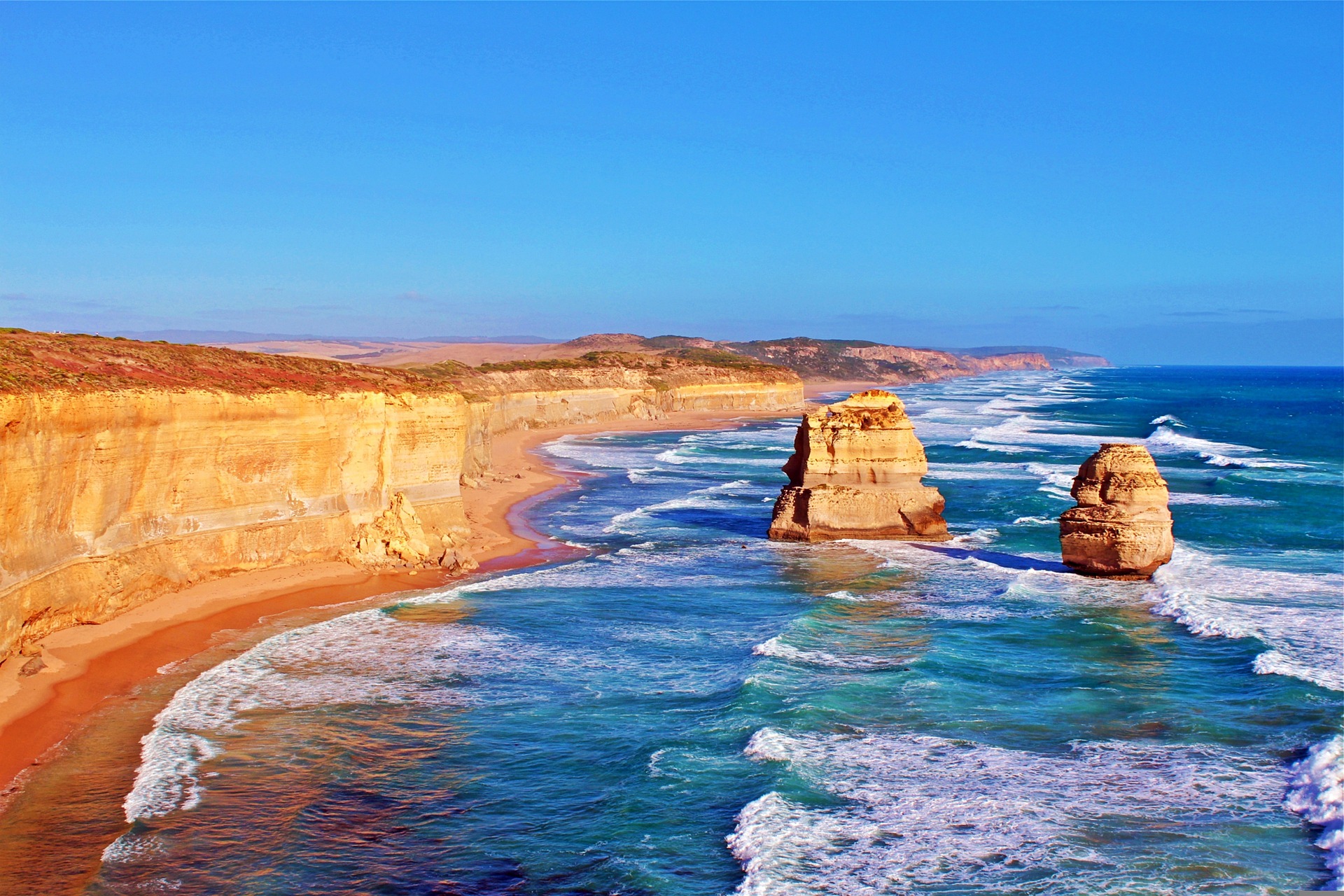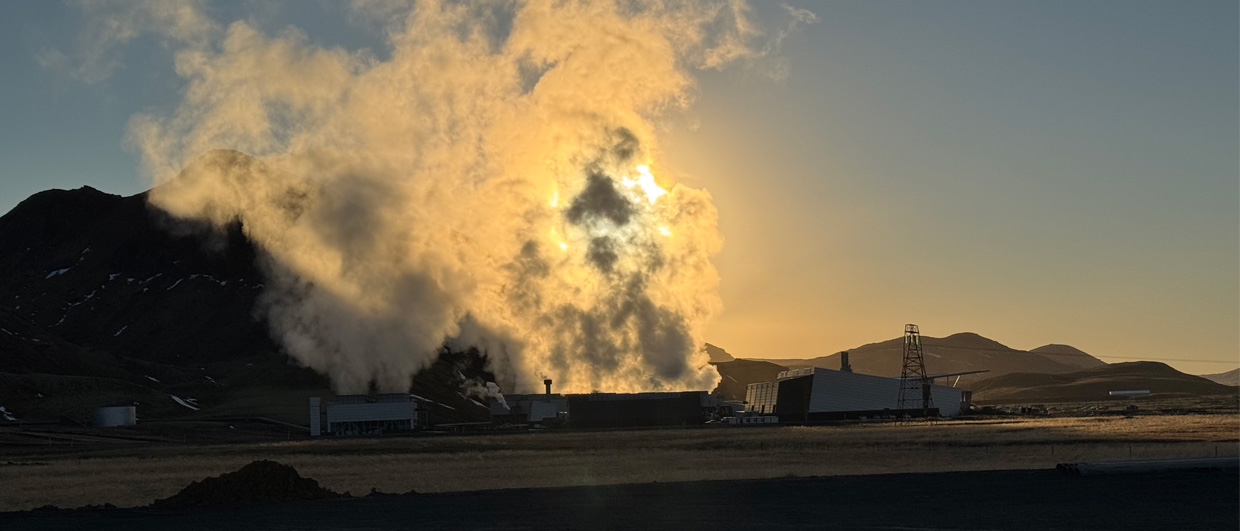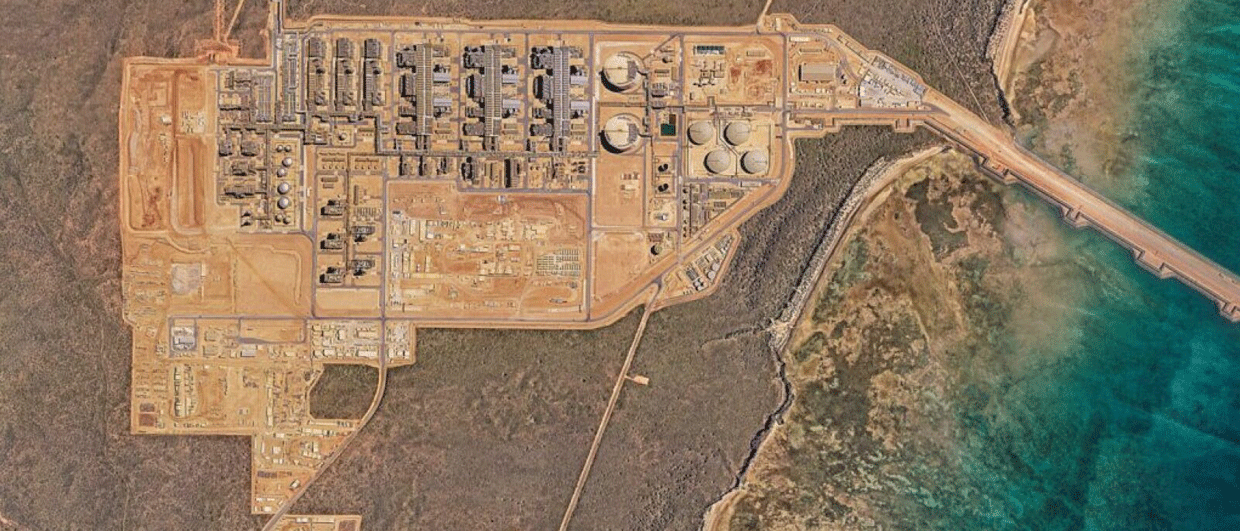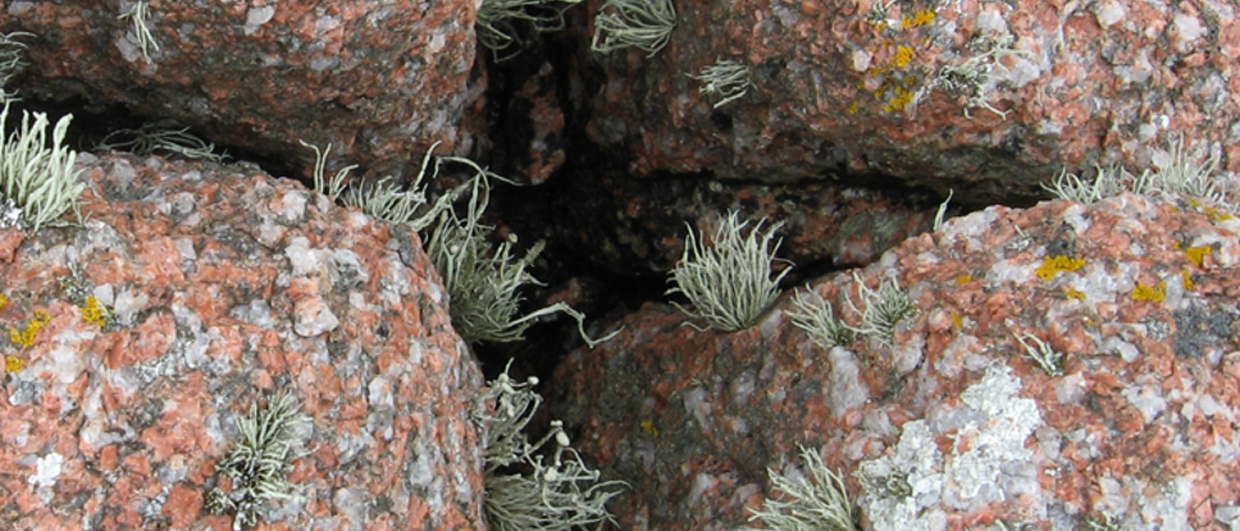An essential element of developing geothermal energy resources is having a market close by. That is one of the main challenges in Australia, where most people live on the southeast coast in an area where geothermal gradients are quite low.
That does not mean that there are no ways geothermal energy can be part of Australia’s energy mix, as Trey Meckel explained during a webinar held for the Petroleum Exploration Society of Australia this morning. Amongst other roles, Meckel is the founder of Monteverde Energy, where he is involved in geothermal projects in Western Australia and the USA.
Meckel showed that the main way of tapping into Australia’s geothermal potential is by producing water from so-called Hot Sedimentary Aquifers at depths of around 1.5 to 5 kilometres. There are a few hotspots across the continent where elevated geothermal gradients (up to 300°C at 5 km depth) exist, such as the Cooper Basin which straddles the boundary between Queensland and South Australia.

There are currently around 15 geothermal projects in operation across Australia. These all classify as Direct Use projects, where the energy is used for local heating. Temperatures of the produced fluids do not exceed 71°C and depths of production are generally between 1,000 and 1,500 m, producing around 1 MW per project. In other words, these are fairly small-scale and shallow projects.
Electricity production from geothermal resources has also taken place in Australia but has seen some setbacks as well. As Meckel explained, a number of so-called “dry” wells have been drilled in attempts to tap into these higher temperature reservoirs that could form a source for electricity production. Examples include two high-impact exploration wells in South Australia, Salamander-1 and Celsius-1, where reservoir permeability turned out to be the main limiting factor. At the moment, there is no electricity production taking place using geothermal energy in Australia.
Permian sandstones
One of the areas that are currently on the radar for geothermal power generation is the area north of Perth along the west coast. It is characterised by higher geothermal gradients combined with the presence of a nearby market such as a fertiliser plant.
In this area, Strike Energy is currently looking at the geothermal potential of the Kingia Sandstone. This is a Lower Permian shallow marine sandstone succession that was deposited in the Perth Basin, which currently has an average geothermal gradient of 3.6°C/100 m. That means that temperatures of >100°C can be reached at depths of 2,500 m. The porosity and permeability of the Kingia Sandstone are also promising, with the higher quality reservoir displaying >16% porosity and permeabilities of >100 mD.
One of the reasons why the Kingia Sandstone displays such good reservoir characteristics is the fact that the sands are coated with clay, which has limited the extent to which quartz overgrowth could occur.
Strike Energy estimates that the P50 geothermal resource in their Kingia Sandstone area stands at 202 PJ, which is equivalent to a 192 Bcf or 5.4 Bcm gas field.
HENK KOMBRINK





